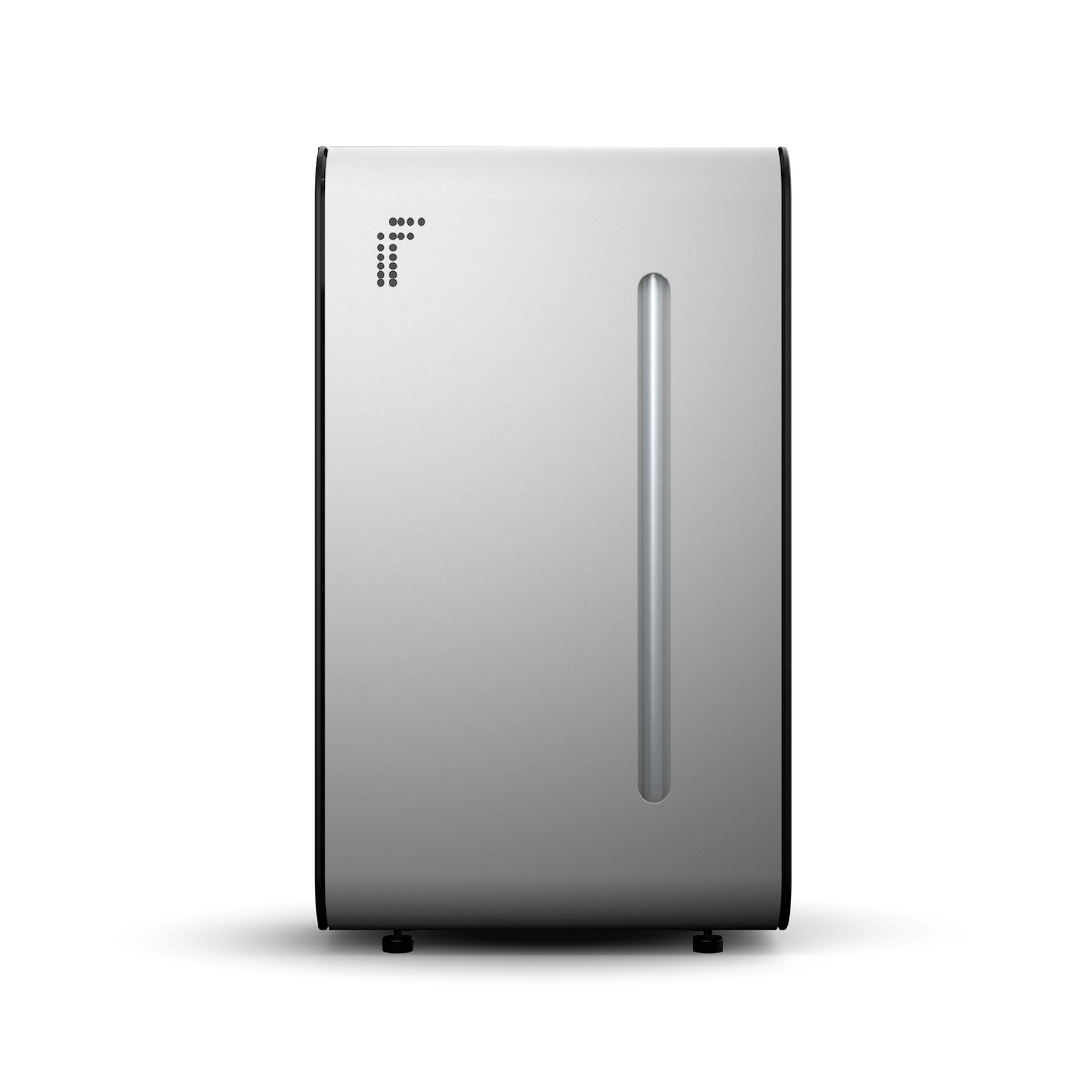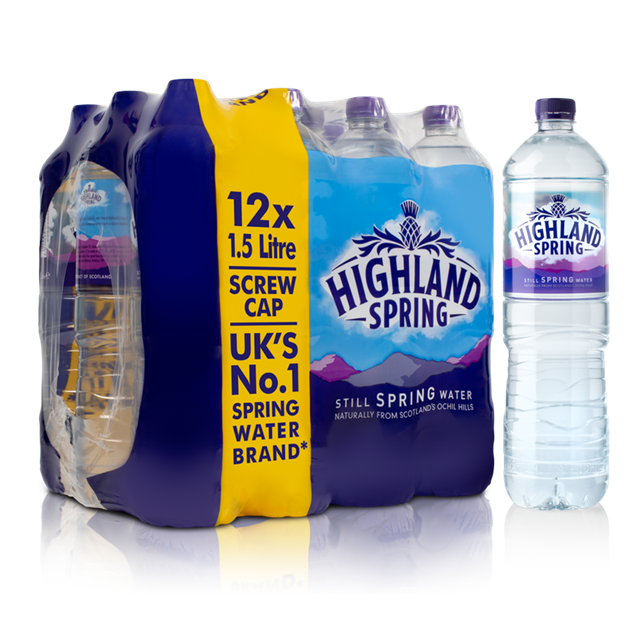Portsonachan Hotel, a beautiful off-grid location by Loch Awe in the Scottish Highlands has been reliant on bottled water for 20 years. After installing expensive purification systems and still failing their water tests, they were forced to buy over £16,000 of bottled water per year to supply their guests with clear, pure water.
Bottled water is expensive, but many businesses don’t have a choice. The WaterOne purifies any water source to drinking standards at less than 5p per litre, resulting in an average saving of around 90%.
Below: Operating cost comparison of 30 litres of water used a day at Portsonachan Hotel.

WaterOne cost
per month
(£0.05* / Litre)

Bottle cost
per month
(£0.53** / Litre)
Calculate your operating cost savings using the graph below comparing bottled water and WaterOne water.
**Did you know? Purifying your water at night can cut your water costs by 65%?
The WaterOne has no high carbon consumable parts and removes the need for high carbon bottles and supply chains. WaterOne turns green electricity into fresh water anywhere in the world. By operating at night and producing the majority of the water you need for the day, we are able to buy electricity when it’s cheaper and greener.
Below: Carbon comparison of 30 litres of water used a day at Portsonachan Hotel over 1 year.

WaterOne

Bottled Water
Calculate your operating carbon savings using the graph below comparing bottled water and WaterOne water.
**Did you know? Properties in Scotland have a 80% lower carbon footprint than the rest of the UK per litre of water?
Over a months usage with a single device, Portsonachan Hotel saved £438 in bottled water costs, and 81kg in CO2 emissions.
Per year this equates to £5,256 and almost a Ton of CO2 emissions, the equivalent of driving 2,450 miles (2500 miles per ton of CO2).
The hotel also stopped 600 plastic bottles from being thrown away.
With only 30 Litres a day, one hotel can make a tangible difference.